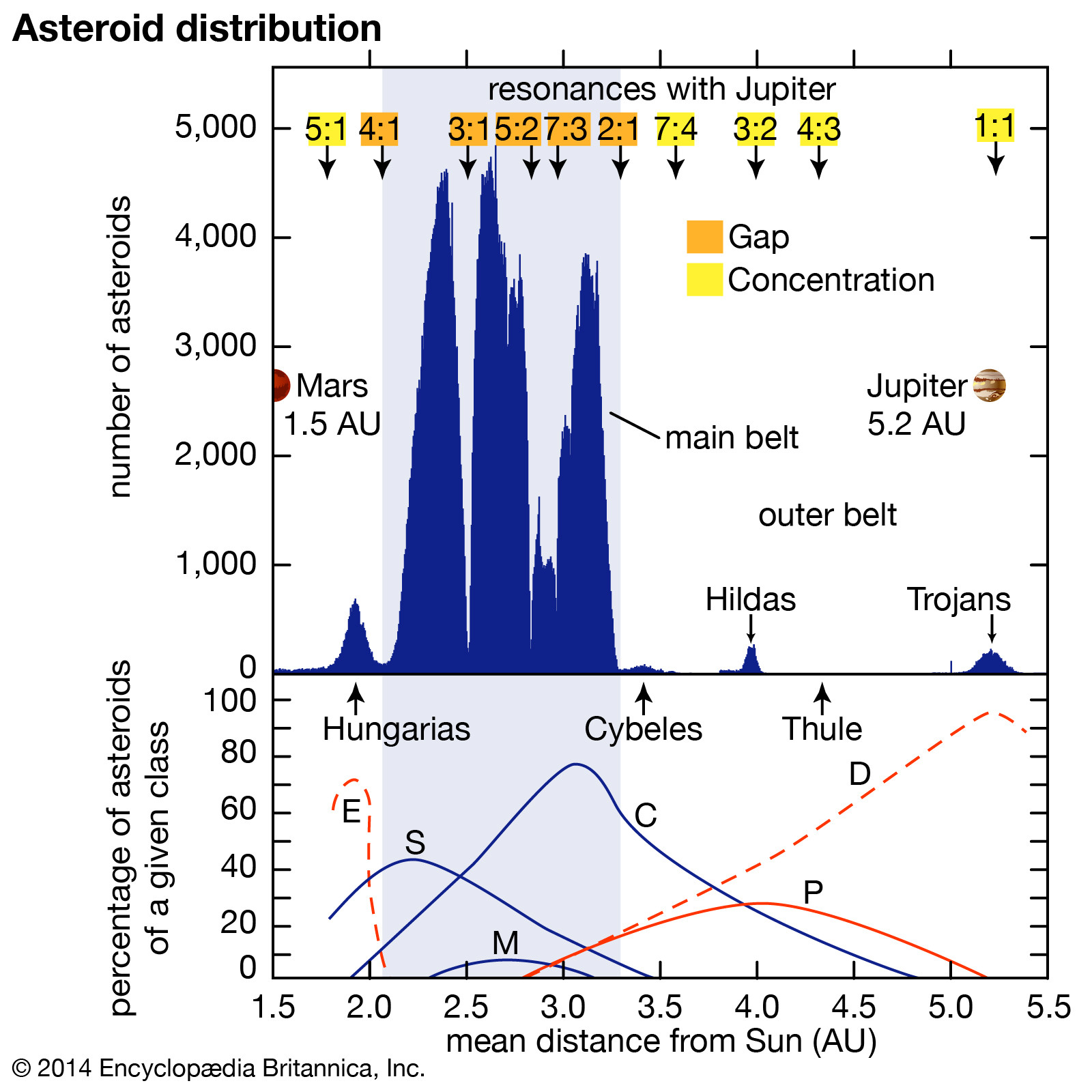Consider a child on a stationary swing. The fastest way to get them going is to push once every time they swing (a 1:1 resonance). If you push 581 times for every 137 swings, the pushes will mostly average out and the child won't get very high on the swing.
Similarly, there are infinitely many orbital resonances possible, but when the integers in the ratios get higher, the effects of the resonance on the orbits are smaller. We don't typically describe orbital resonances as "ordered" or "chaotic," but instead describe them as "stable" or "unstable." A good example of this can be found in the asteroid belt. Orbital resonances with Jupiter that are unstable formed gaps in the belt, and orbital resonances that are stable formed concentrations. Credit Britannica

While there are an infinite number of other resonances possible here, practically we only care about the low integer value resonances since they greatly affect the asteroid orbits.
Large integer values for stable orbital resonances (like the 73:69 Naiad:Thalassa resonance) occur increasingly rarely in nature because they have less of a mutual effect on relative orbits than small integer value resonances.
